Domain 1: Traffic Resilience Modeling and Emergency Evacuation Optimization Methods
Our group is dedicated to exploring the core intersectional issues in the fields of transportation resilience and emergency management. Our main focuses include the modeling methods of transportation network resilience, optimization techniques for emergency traffic evacuation in urban clusters, and transportation behavior during emergencies.
l Traffic Network Resilience Modeling Method
Our group proposes a traffic network resilience model and simulation method based on traffic resilience theory. This method mainly includes a new dynamic traffic simulation model based on macroscopic traffic fundamental diagram and cellular transmission model, a balance curve model for traffic resilience investment, and further improvement of traffic resilience modeling theory and methods.
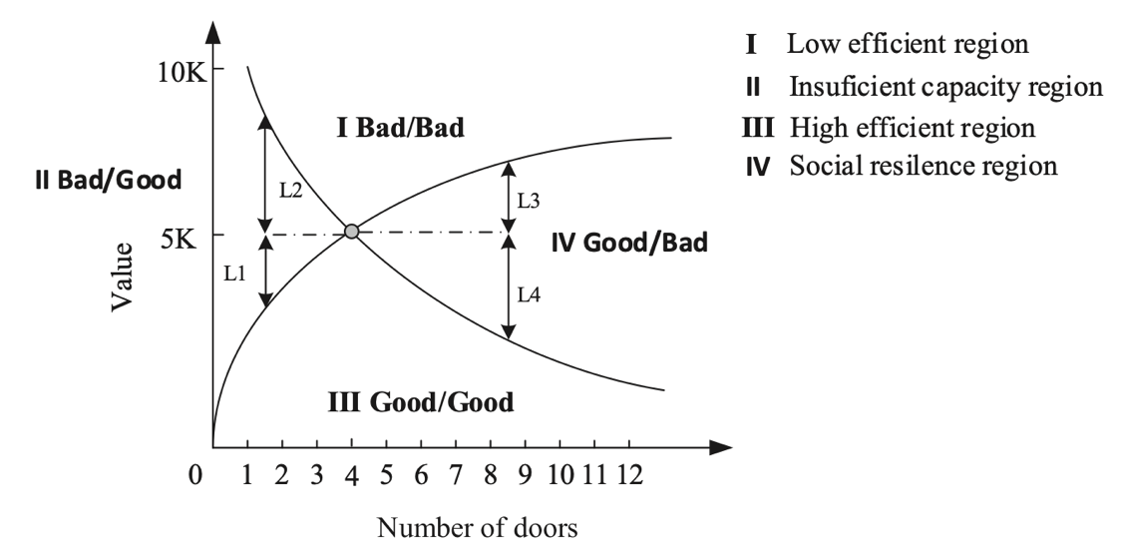
The traffic resilience balance curve model
l Urban agglomeration emergency traffic evacuation optimization technology
Based on the theory of traffic resilience, the research group further studies the emergency traffic evacuation optimization model to achieve optimal urban agglomeration emergency traffic control under large-scale emergencies. Considering the uneven nature of emergency traffic flow in time and space, the research group proposes the optimal control theorem for spatially and temporally uniform evacuation of emergency traffic flow, and proves that uniform evacuation in time can achieve system-wide optimality. In addition, this research direction also proposes two evacuation traffic control strategies, which solve the problem of optimizing traffic evacuation strategies for mega-cities.
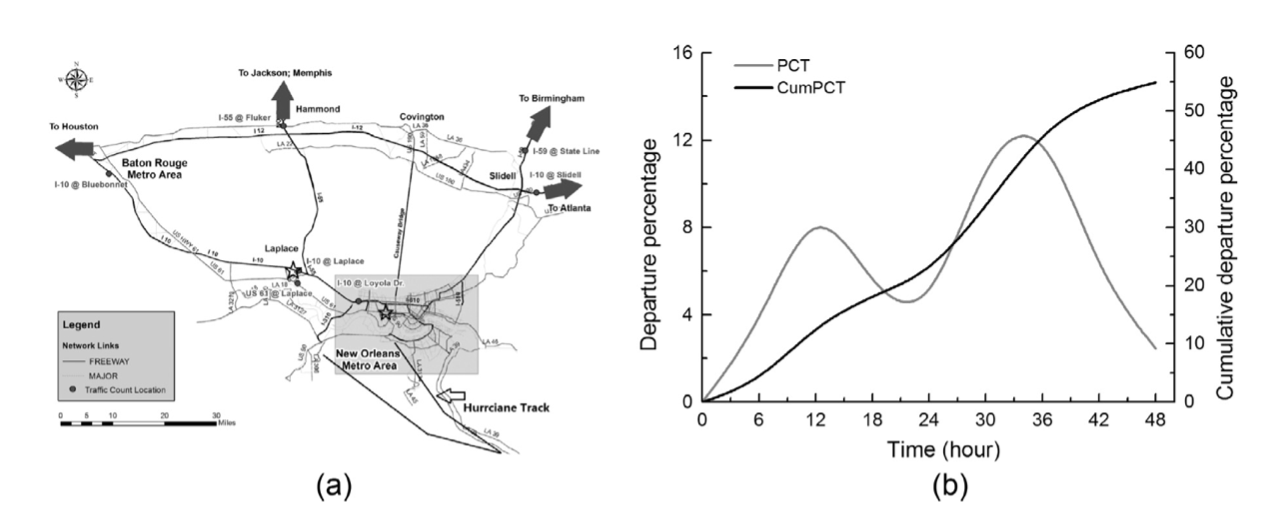
Optimization results of urban agglomeration evacuation spatio-temporal traffic flow
l Traffic behavior model in emergency situations
Based on the changes in traffic resilience attributes and the distribution law of emergency traffic flow, our group further explores the traffic behavior during emergencies. By combining spatio-temporal big data such as human and vehicle flow, aviation flow, etc., the group has discovered the patterns of people's movements and the effectiveness of traffic control measures. Additionally, the group has also proposed policy recommendations for traffic control and found the overflow and ripple effects of traffic flow during emergencies.
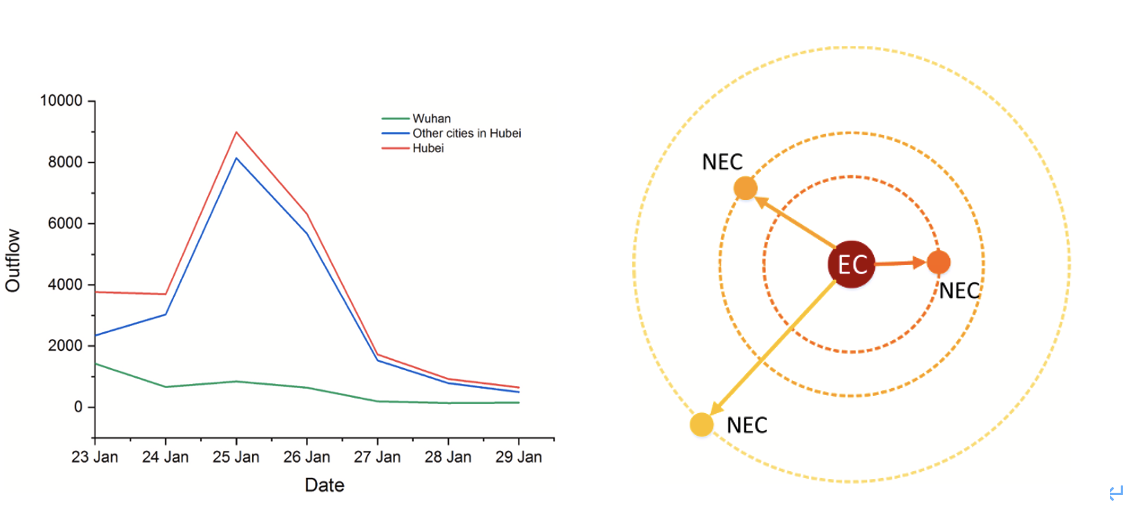
Effects of Hubei's traffic flow spillover during the COVID-19 pandemic The ripple effect of national aviation traffic flow
Domain 2: Traffic Big Model Technology and Application
Our group is focused on the vertical application of artificial intelligence methods in the transportation field. By combining large language models with transportation-specific models, we aim to construct a transportation big model that enables natural language interaction between humans and the model, as well as automatic evolution of the model
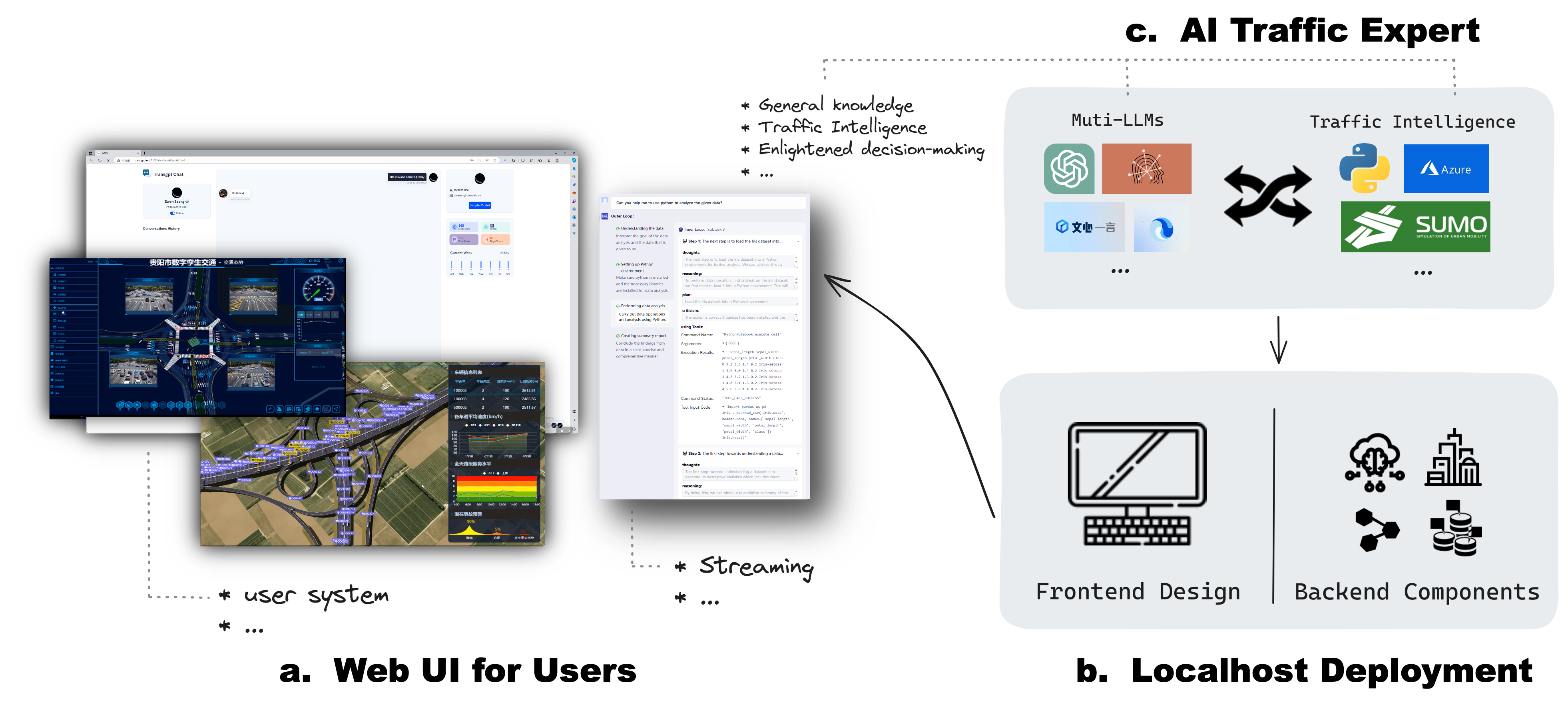
The technical framework of traffic big model
The TrafficGPT, which we have developed, can achieve zero-code and implement closed-loop management of transportation through question-and-answer.
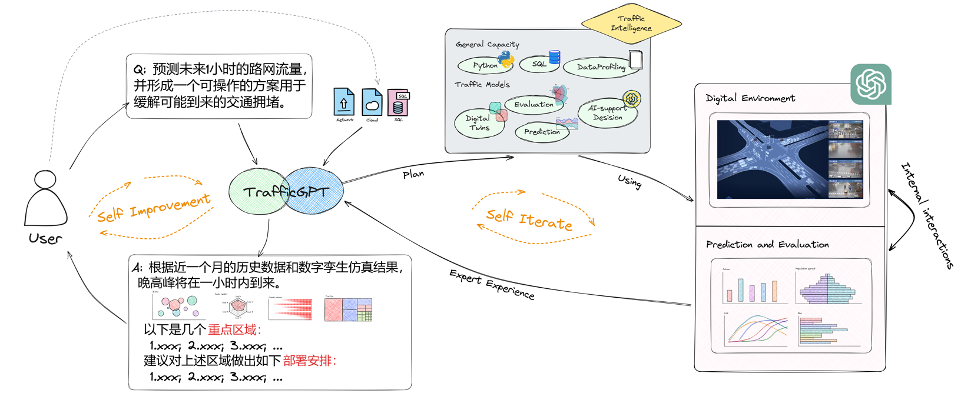
TrafficGPT proposes traffic control plans through question-and-answer
Domain 3: Traffic Perception and Control Technology for Autonomous Driving
Our group is focused on exploring the intersection of autonomous driving and traffic control, including vehicle behavior prediction models, traffic state perception and estimation models, and machine learning-based traffic control techniques.
l Vehicle behavior prediction model
Our group focuses on the problem of predicting driving behavior and proposes an adaptive lane-changing prediction model. This model can continuously adjust the prediction threshold under different road conditions to improve accuracy and provide techniques and methods for real-time adjustment of autonomous traffic control.
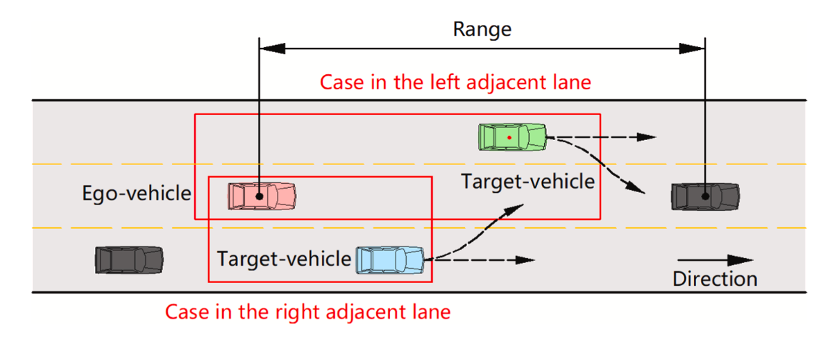
Application scenarios of adaptive lane-changing prediction model
l Traffic status perception and estimation model
Based on the results of driving behavior prediction, our group proposes a traffic state perception and estimation model for intelligent connected environments, which can achieve accurate perception and estimation of traffic states in low-connected vehicle penetration environments. This provides a model and method for traffic state estimation and traffic control in urban road scenarios and highway scenarios.
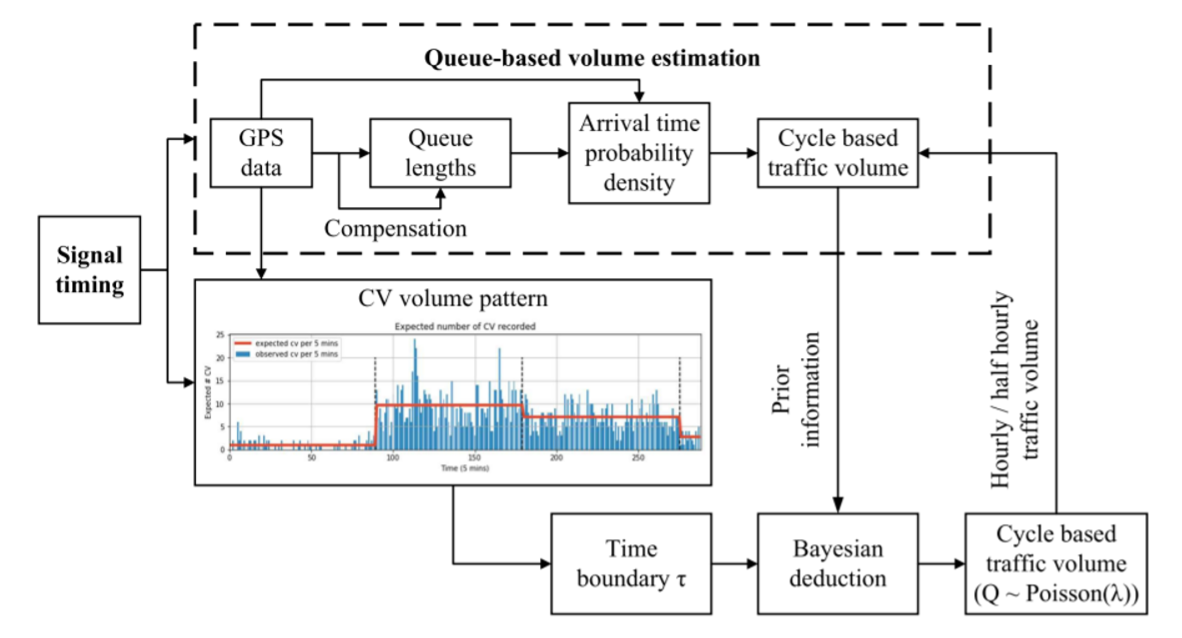
Intersection traffic flow estimation model based on trajectory data of low penetration rate networked vehicles
l Machine Learning-Based Traffic Control Technology
Based on the estimated traffic status, the research group proposed traffic control technology based on machine learning, achieving intelligent regulation of traffic signals on urban roads and CACC intelligent control on highways. The related models and technologies have been applied in cities such as Liuzhou and Tianjin.

Traffic signal control model based on deep reinforcement learning
Associate Professor
Supervisor of Doctorate Candidates
Supervisor of Master's Candidates
E-Mail:
Date of Employment:2015-12-01
School/Department:交通科学与工程学院
Education Level:博士研究生
Gender:Male
Contact Information:zhaozhang@buaa.edu.cn
Degree:博士
Status:Employed
Alma Mater:西南交通大学
The Last Update Time : ..